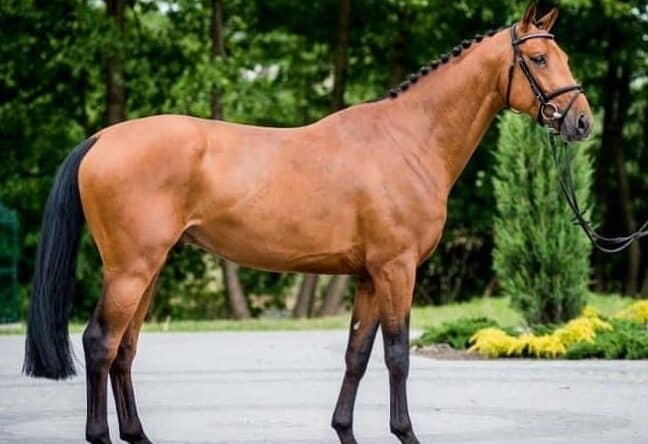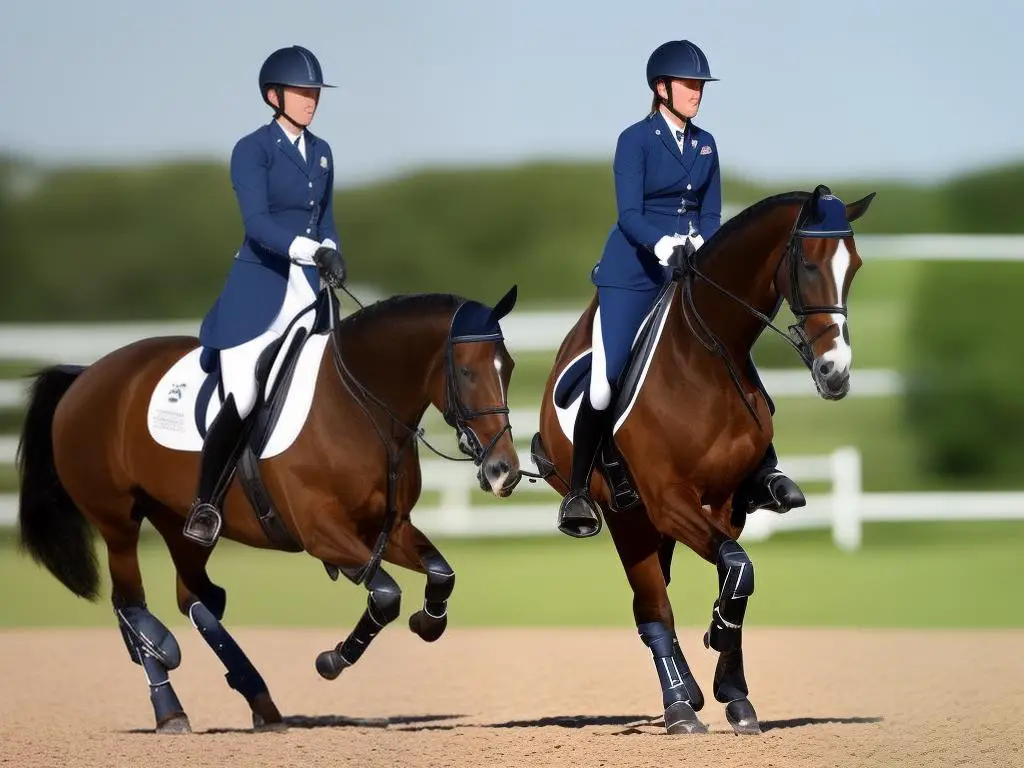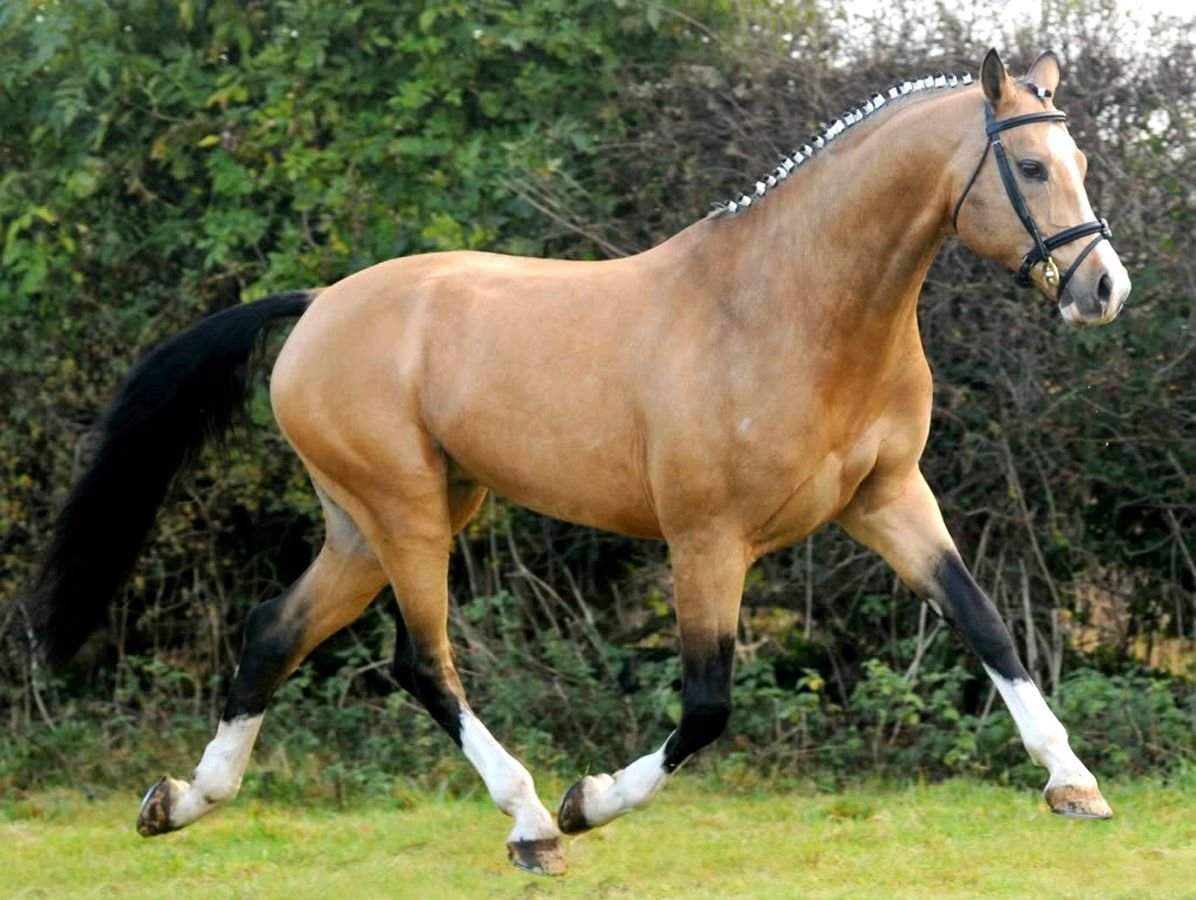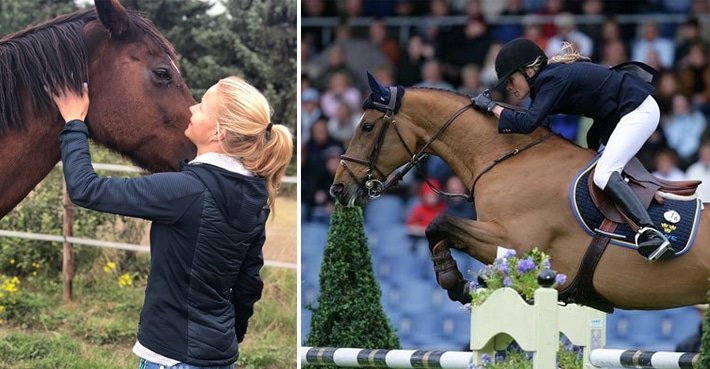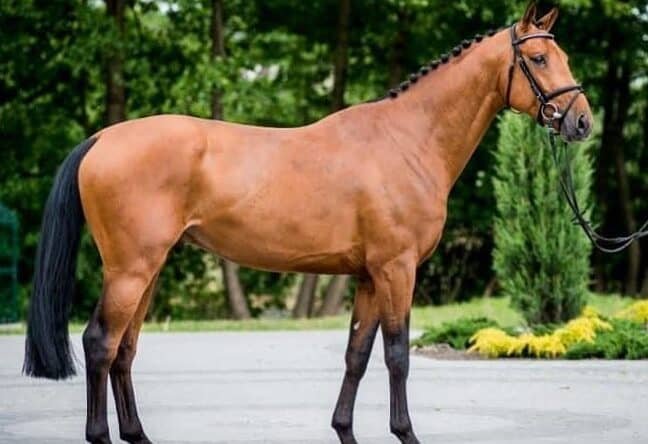Breeding warmblood horses is an intricate process that requires a focus on specific traits to ensure the success of future generations. These horses are primarily bred for disciplines such as dressage, show jumping, and eventing, so their physical and mental qualities must meet the demands of these high-performance sports. Understanding and selecting for the right traits is crucial for producing horses that are not only athletic and sound but also trainable and competitive. In this post, we’ll discuss the key traits breeders should focus on when breeding warmbloods.
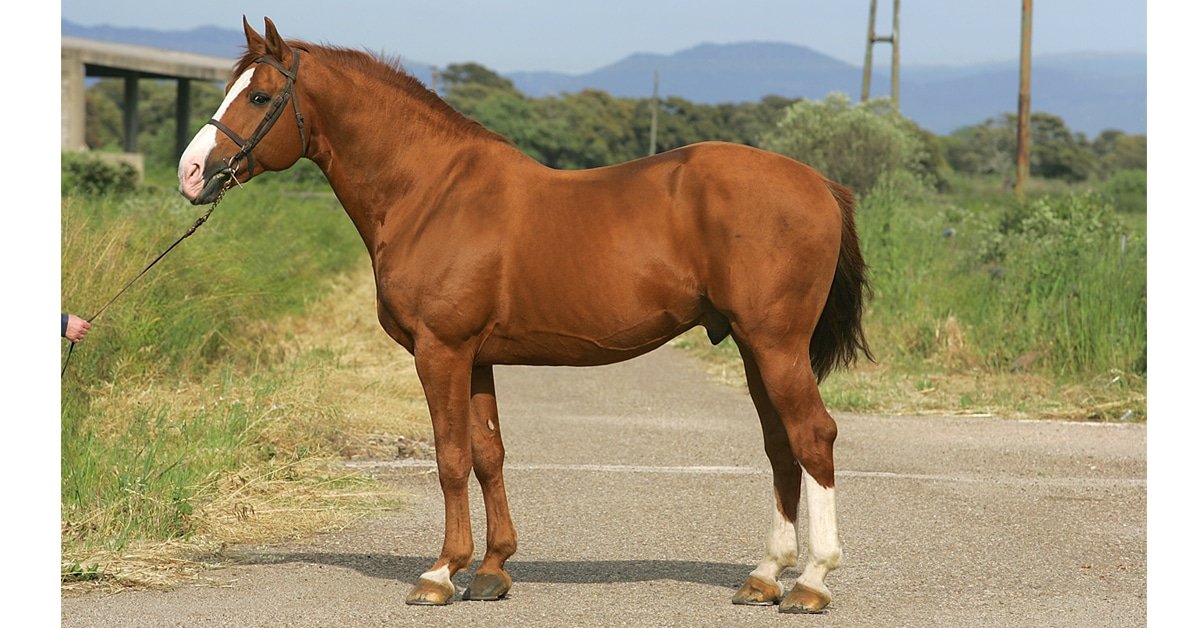
1. Athleticism and Movement
One of the most important traits when breeding warmbloods is athleticism. Warmbloods are known for their strength, stamina, and agility, which are essential for success in disciplines like dressage, eventing, and show jumping. To produce a high-performing horse, breeders must carefully consider the movement of both the sire and dam.
In dressage, breeders look for horses with fluid, expressive gaits, especially in terms of their impulsion and collection. Horses that are capable of performing intricate movements with balance and grace are highly sought after. In show jumping and eventing, breeders focus on horses with strong, efficient jumps, and good reflexes. Breeding horses with excellent athletic movement will set the foundation for a competitive career.
2. Conformation and Structure
Conformation is another crucial factor in warmblood breeding. Good conformation ensures that the horse can perform at its best and remain sound throughout its career. Ideal conformation for warmbloods includes a well-balanced body with strong, straight legs, a solid back, and a well-positioned hindquarters. This structural foundation contributes to the horse’s ability to move efficiently, jump high, and stay sound under the physical demands of athletic competition.
Breeders should look for horses with:
- Straight legs: Legs should be well-aligned to reduce stress on the joints.
- Strong, muscular back: A well-muscled back supports the horse during collection in dressage or jumping movements.
- Well-angled hindquarters: Strong hindquarters provide the necessary drive and power for performance.
Choosing horses with excellent conformation minimizes the risk of injury and maximizes their performance potential.
3. Temperament and Trainability
The temperament of a horse plays a significant role in its success, particularly in disciplines that require precision and focus, like dressage. Warmbloods are generally known for their calm and cooperative natures, making them easy to train and work with. However, it’s essential to focus on breeding horses with a temperament that aligns with the needs of the rider or handler.
Key temperament traits to focus on include:
- Willingness to work: A horse that enjoys working with its handler and is eager to learn will perform better in training and competition.
- Calm under pressure: A horse that stays relaxed and focused in competitive environments is crucial for success in high-stakes situations.
- Sensitivity: While sensitivity is important for communication, overly sensitive horses may struggle under pressure or in new environments. Breeding horses with a balanced level of sensitivity is key.
Horses with good temperament are easier to train and more reliable in competitive settings.
4. Bloodlines and Pedigree
Bloodlines play a significant role in the breeding process. A horse’s pedigree often determines the likelihood of inheriting desirable traits, including athleticism, conformation, and temperament. Successful breeding programs often focus on well-established bloodlines that have a proven track record in competitions like dressage or show jumping.
When selecting a mare and stallion for breeding, breeders will look for:
- Proven performance records: Horses that have performed well in their respective disciplines often pass on favorable traits to their offspring.
- Genetic traits: Breeders focus on genetic screening to avoid passing on hereditary conditions and to ensure that the offspring will be healthy and sound.
- Successful lineage: Horses with successful ancestors in competition often pass down desirable qualities, including intelligence, athleticism, and trainability.
A strong pedigree increases the chances of producing offspring with the right qualities for competition.
5. Health and Soundness
Health and soundness are paramount when breeding warmbloods. Warmbloods are athletic horses that put considerable stress on their bodies, especially in high-impact sports like jumping and eventing. Breeding for health ensures that the horses remain sound and can perform without injury or long-term health issues.
Key health considerations include:
- Joint health: Horses used in competitive sports need strong, healthy joints. Joint issues are common in high-performance horses, so it’s important to breed for sound, functional joints.
- Hoof quality: Healthy hooves are vital for soundness, particularly in jumping disciplines. Horses with poor hooves are more prone to lameness.
- Genetic testing: Breeders should test horses for common genetic disorders in warmblood breeds to avoid passing down heritable conditions.
Breeding for overall health and soundness is crucial for ensuring that the horse can enjoy a long, competitive career.
6. Size and Proportions
While warmbloods are generally larger than other horse breeds, size and proportions should still be considered when selecting breeding pairs. The ideal warmblood size depends on the intended discipline, as each event has different requirements for agility and power.
- In dressage, a slightly smaller horse with a compact build is often preferred for greater agility and balance.
- In show jumping, a larger horse with a strong, balanced build may be better suited to handle the height and distance of jumps.
- In eventing, a versatile, medium-sized horse with endurance and strength is ideal.
Breeders should aim to maintain a balanced size that promotes athletic ability without compromising movement or soundness. Correct proportions are essential for optimal performance.
Conclusion
Breeding warmblood horses requires a deep understanding of the traits that contribute to success in competition. By focusing on athleticism, conformation, temperament, and health, breeders can produce horses that excel in sports like dressage, show jumping, and eventing. Additionally, prioritizing strong bloodlines and maintaining healthy horses through careful selection will lead to future generations of versatile, competitive warmbloods. With the right attention to detail and a focus on key traits, breeders can continue to refine the warmblood breed and contribute to the success of equestrian sports worldwide.







